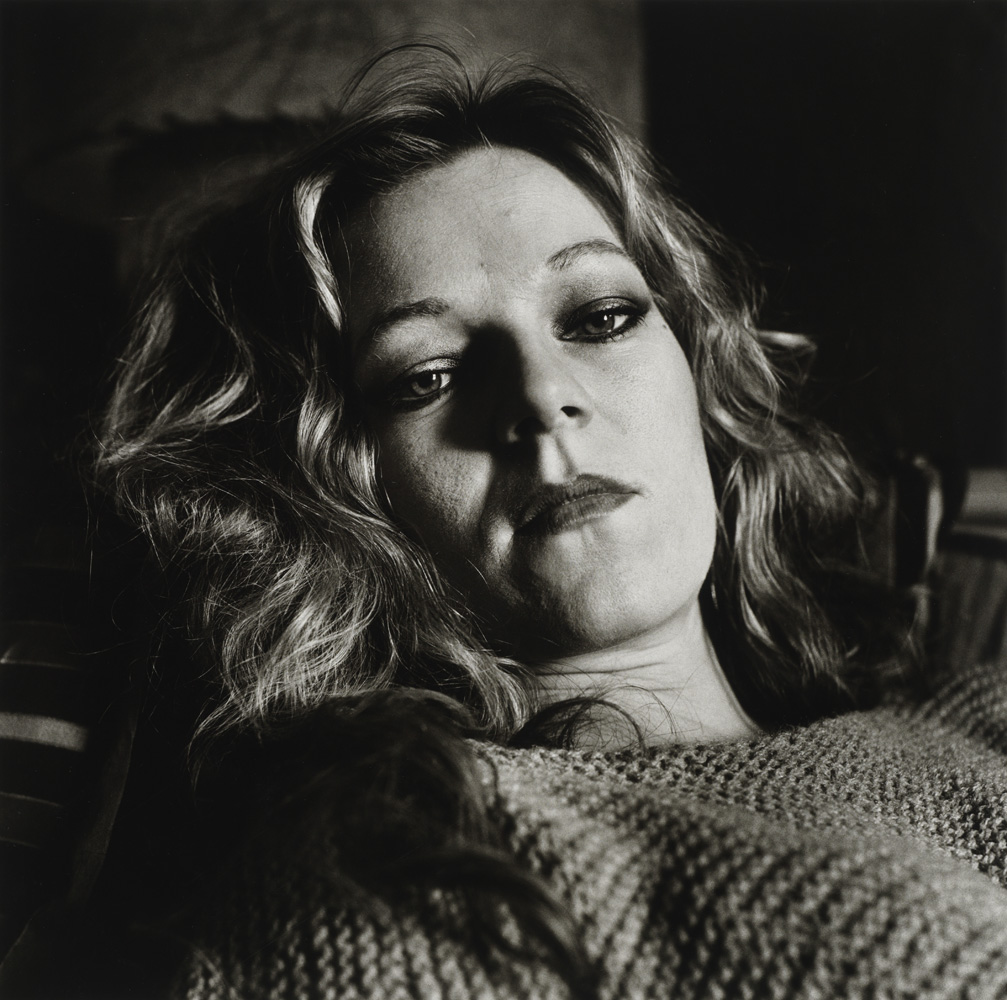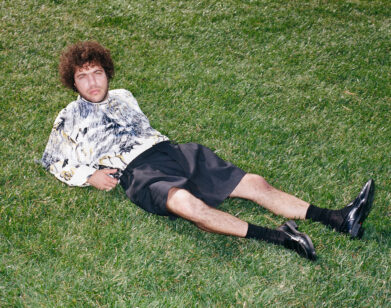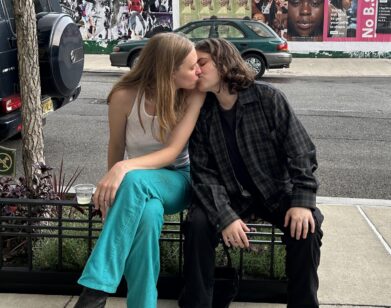Cookie MUELLER
Cookie Mueller might be the most influential cultural figure you’ve never heard of. Her relative obscurity is partly due to her tragic, early death. (Like many artists of her generation, she died of AIDS.) But it’s also due in larger part to what might crassly be called a “branding problem.” Cookie crammed so much action and so many talents into her short life that it’s hard to know what aspect of her legacy to focus on—or even what to call her. To those who first encountered her deranged and outrageous characters in John Waters’s movies like Multiple Maniacs (1970) and Female Trouble (1974), she is an actress. Others know her as the indelibly eyelinered, wild-haired blond in iconic portraits by superstar photographers Robert Mapplethorpe and Nan Goldin. Since I first discovered her through her books, I’ve thought of her primarily as a writer. Cookie’s impressionistic, personal, and cultural narratives are written with such a confident tone and style that she can veer from extreme absurdist comedy to pathos in a single sentence. Her pieces on everything from natural skin remedies and almost joining the Manson Family to the everyday adventures and terrors of life in 1970s NYC have influenced my writing and that of many others, whether they know it or not. But to the people who knew her personally, whose voices tell her story in artist Chloé Griffin’s kaleidoscopic new oral-history tome, Edgewise: A Picture of Cookie Mueller (B_Books), she played even more myriad and fascinating roles. For the first time, through Griffin’s book, we see Cookie as her friends and lovers saw her: as inspiration, protector, dancer, instigator, drug dealer, wild card, criminal, life of the party, goddess, mental patient, hostess, confidante, artist, mother, savior.
A high school rebel and poet who didn’t fit into her suburban family in Catonsville, Maryland, Cookie soon found her footing as one of John Waters’s Dreamland players in Baltimore circa 1969, after a brief stint as a San Francisco flower child that ended in a drug-addled stay in the loony bin. That crowd then migrated to Provincetown, Massachusetts, living in bohemian squalor and turning partying into an art form. Her stories about this time, collected in Walking Through Clear Water in a Pool Painted Black and Ask Dr. Mueller, seem to contain a degree of artistic license—how could someone who consumed such heroic amounts of drugs, rarely had money for food, and hitchhiked up and down the East Coast on a regular basis remember enough to write about it, let alone just remain alive? But in Griffin’s book, many of Cookie’s more outlandish tales are corroborated by witnesses: like the time she evaded being raped by a couple of rednecks while hitchhiking from Baltimore to Cape Cod, even though she was high on a quantity of drugs that would have impressed Hunter S. Thompson. If anything, the truth seems to have been even more extreme than her stories.
The next logical stop, in 1976, was New York City, where Cookie set up housekeeping on Bleecker Street and transformed her apartment into a salon where her cocaine business was only a small part of the perpetual party’s allure. She became part of a downtown scene that included Richard Hell, Lynne Tillman, Peter Hujar, and many others. She wrote art and advice columns for Details magazine and The East Village Eye. She also traveled to Positano, Italy, where she met her future husband, the artist Vittorio Scarpati. They were both HIV positive at that point and knew it when they married; after a final summer in Provincetown, Cookie died in 1989 at the age of 40. Perhaps one of her most famous portraits is the photo Goldin took of her in her casket at her funeral at St. Mark’s Church.
Griffin tells Cookie’s story by deftly weaving together interviews and interspersing them with excerpts from Cookie’s books and diaries so that her own voice gets into the mix. Though this chorus of remembrances can contradict each other or become repetitive, that’s part of the point; there’s no one truth to Cookie’s life. Most vital are Cookie’s longtime girlfriend, Sharon Niesp, and Cookie’s son, Max Mueller, who was born when his mother was 22 and who spent his childhood mostly running wild. They both give a perspective on Cookie that’s sometimes exasperated but never judgmental, and is always tinged with palpable, heartbroken love. The question of whether Cookie was a “good mother” comes up for debate many times, and some of her friends pass very explicit judgment. She would “babysit” toddler Max in Provincetown by locking him in their house when she went out at night, and he was chronically truant because she couldn’t get out of bed to get him to school. But at her best, the same wild streak that made her a great artist also made her wonderful to live with. The impulse-governed way she led her life created magic all around her. Sharon Niesp describes a visit with 3-year-old Max to the Boston aquarium, where they saw a group of people clustered around the octopus tank, mocking it for being ugly: “We all got up to the window and Cookie was going, ‘Isn’t it beautiful, Max?’ and Max was saying, ‘This is really pretty, you’re really beautiful.’ And then, I swear to God on the ashes, the octopus straightened out like this and pressed itself against the window and showed itself off, and not only that, but its little baby that it was hiding opened right up, too. They both put their tentacles on the window and were showing themselves off. And Max was touching the window and he and Cookie started crying. She was really cool like that.”







